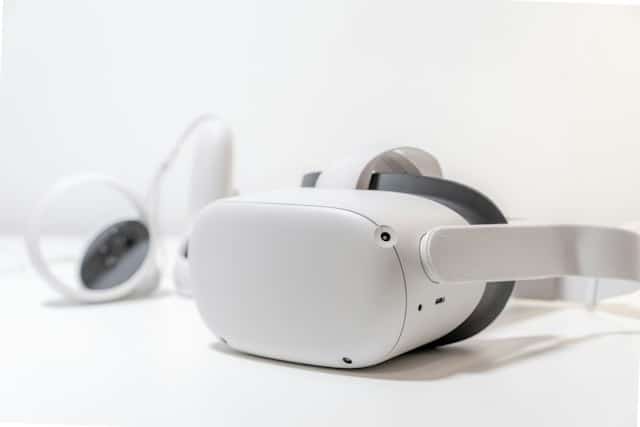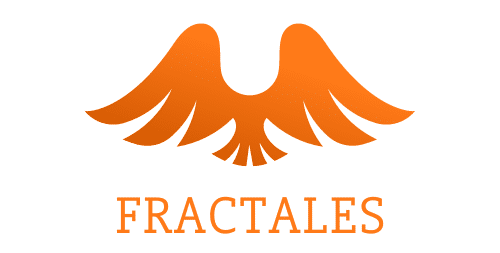Can virtual reality simulations improve disaster preparedness and response training?

As we continue to experience an unprecedented rise in natural disasters and emergencies worldwide, the need to enhance disaster preparedness and response training has never been more urgent. Virtual Reality Simulations (VRS) could be the game-changer we need. This technology immerses users in a 3D environment that mimics real-life scenarios, providing an interactive platform for learning and training. In this article, we delve into the potential of VRS in improving disaster preparedness and response training.
Virtual Reality for Effective Disaster Response Training
Virtual Reality (VR) is a technology that has evolved beyond the realms of gaming and entertainment. It’s now a tool used in various industries, including education and training. In disaster response training, VR provides realistic and immersive simulation scenarios. Using VR headsets, trainees can learn to handle catastrophe situations without the risk and cost of replicating these events in real life.
En parallèle : Discover the best free dating site for real connections
Several notable organizations have already adopted VR for training. For instance, Google has utilized VR in its digital scholar programs to simulate various learning scenarios. Similarly, Crossref and Pubmed have incorporated VR in their studies and reviews, enhancing the learning experience.
The Role of Virtual Reality in Disaster Preparedness
Disaster preparedness involves equipping individuals with the knowledge and skills necessary to respond effectively to emergencies. Virtual Reality-based training can provide a platform for practicing these skills in a controlled, safe environment.
Cela peut vous intéresser : How does cultural heritage preservation contribute to national identity and tourism?
According to studies, VR can simulate disasters such as earthquakes, floods, or fires. Trainees can experience these scenarios firsthand, practicing their response strategies and decisions. They can also replay these sessions, review their actions, and learn from their mistakes. This immediate feedback loop makes VR a potent tool in disaster preparedness training.
Virtual Reality and Triage Training
Triage is a critical process in emergency response where the victims are sorted based on the severity of their injuries. VR can help trainees to master this process through the simulation of various disaster scenarios.
In a VR-based triage simulation, trainees can navigate through a disaster-stricken area, evaluating the conditions of the victims, and deciding the order of treatment. This provides a realistic and interactive experience that can enhance their decision-making abilities in high-stress situations.
Virtual Reality Simulations and Emergency Response Scenarios
In emergency response, VR can offer invaluable simulations of real-life situations that would be otherwise challenging to recreate. These scenarios can range from an active shooting situation to a hazardous material spill.
In these VR scenarios, trainees can practice their response to these emergencies in a risk-free environment. They can learn the protocols, manage their stress levels, and enhance their problem-solving abilities.
Study and Review of Virtual Reality in Disaster Training
Various research studies are being conducted to evaluate the effectiveness of VR in disaster training.
A study published on Pubmed reviewed the use of VR for fire evacuation training. It showed that individuals trained with VR had a better understanding of the evacuation procedures compared to traditional training methods. Another study on Crossref demonstrated that VR enhanced the learning experience of medical students in emergency response training.
In conclusion, these studies indicate that VR has the potential to revolutionize disaster preparedness and response training. By providing realistic, interactive, and risk-free learning environments, VR can improve the skills and abilities of those tasked with managing disasters and emergencies.
Evaluation of Virtual Reality in Disaster Medicine Training
Disaster medicine is a key area in disaster preparedness and response training. Traditionally, this training has depended on classroom-based training and occasional field drills. However, the advent of Virtual Reality Simulations (VRS) has revolutionized the way this training is conducted.
VRS allows for the creation of realistic scenarios where trainees can practice decision-making and medical procedures in safe, controlled environments. They can treat virtual patients, manage mass casualty situations, and even coordinate emergency management efforts.
A promising quasi-experimental study conducted by the Public Health Institute revealed significant improvements in the performance of emergency medical technicians trained using VR. The study observed that these technicians showed better situational awareness and decision-making abilities compared to the control group that received traditional training.
Google Scholar has also documented an integrated review of the application of VR in disaster medicine training. The review emphasized the unique advantage of VR in offering repeated and varied practice without imposing risks on trainees or the need for expensive physical simulations.
Clearly, these studies and reviews indicate that VR could be an essential tool in enhancing disaster medicine training by providing immersive, realistic, and interactive experiences.
Virtual Reality, Augmented Reality and Disaster Preparedness Training
While VR has been widely used in disaster preparedness training, augmented reality (AR) is another technology that’s been gradually integrated into these training programs. AR overlays digital information onto the real world, allowing trainees to interact with both physical and virtual environments.
By blending VR and AR, trainees can have mixed reality experiences that offer more flexibility and realism. They can practice responses to different disaster scenarios, using real-life objects while interacting with virtual elements.
For instance, Microsoft’s HoloLens has been used in various training programs to simulate disasters like earthquakes or floods. Unlike traditional VR headsets, the HoloLens allows users to see their physical surroundings, which can be beneficial in training programs involving both real and virtual elements.
The integration of AR and VR in disaster preparedness training can potentially foster a more comprehensive and immersive learning experience. It allows trainees to practice skills and decision-making in environments closely mimicking real-life situations.
Conclusion
The increasing frequency and severity of natural disasters and emergencies necessitate efficient and effective disaster preparedness and response training. Virtual Reality Simulations (VRS), with its ability to offer realistic, interactive, and safe training environments, presents a novel approach to enhance this training.
The potential of VRS in disaster medicine training, triage training, and emergency response scenarios is significant. It can improve situational awareness, decision-making abilities, and procedural skills, all in a risk-free setting.
Moreover, the integration of augmented reality with VRS could further enhance the training experience by providing mixed reality simulations that combine the best of both worlds.
Further research and development in this field are required to fully realize the potential of these technologies in disaster preparedness and response training. With advancements in technology, we can look forward to a future where our emergency responders are better equipped, better trained, and more prepared to handle any disaster or emergency.
